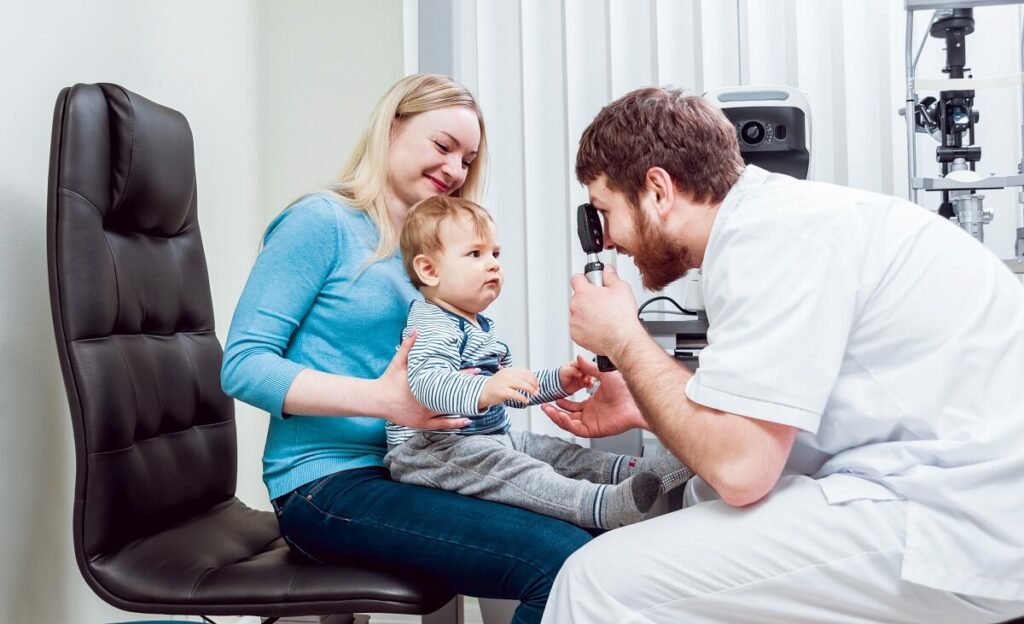
Eye Health is a Critical Part of a Child’s Development
We all know that seeing clearly is important for a child’s success in the classroom. Healthy vision is critical for children to read, write, and even play. Roughly 80% of a child’s learning comes through their eyes. Poor vision, or the inability to see clearly, cannot only affect a child’s academic performance, but also their physical, social, and emotional development.
The American Optometric Association recommends a child’s first comprehensive eye exam should be between six months and 12 months, again at age three, and then before entering school at age five or six. Early screening can help detect signs of vision problems, as well as other health conditions not usually associated with eye health, such as multiple sclerosis, diabetes, high blood pressure, and Crohn’s disease.
It is important for parents to look for vision problems and signs in your children, as many kids, not knowing what seeing clearly looks like, will not complain.
Signs to look for:
- Squinting while reading or watching TV
- Difficulty hitting or catching a ball
- Eye rubbing
- Headaches
- Covering one eye
- Family history or eye disease
Prevention is key when it comes to eye health. Parents should instill healthy habits early on in children to maintain good eye health.
Protection from excessive light exposure.
Just like adults, children need to protect their eyes from damaging ultraviolet rays. Children are more susceptible to retinal damage from UV rays because the lens inside a child’s eye is clearer than an adult lens, enabling more UV to penetrate deep into the eye. Sunglasses should block 100 percent of UV A and UV B rays.
Monitor electronic usage.
Parents should limit screen time at a young age as the blue light from monitors, cellphones, tablets and televisions may increase the risk of macular degeneration.
Early Treatment
Early detection and treatment of nearsightedness can help delay problems such as retinal detachment, lens opacities, glaucoma, and failing vision.
